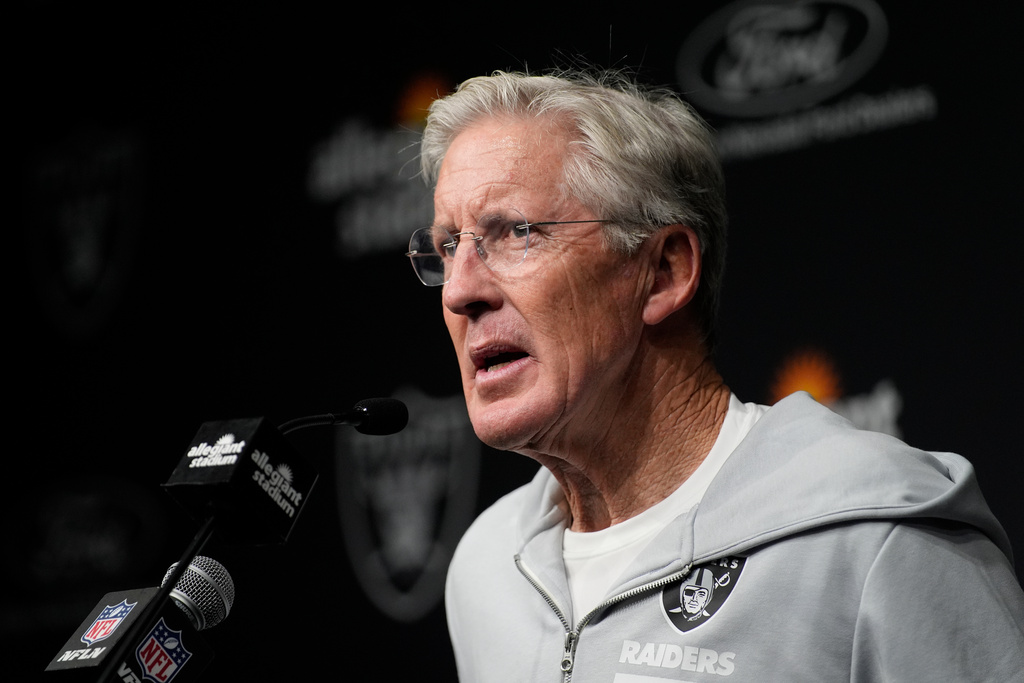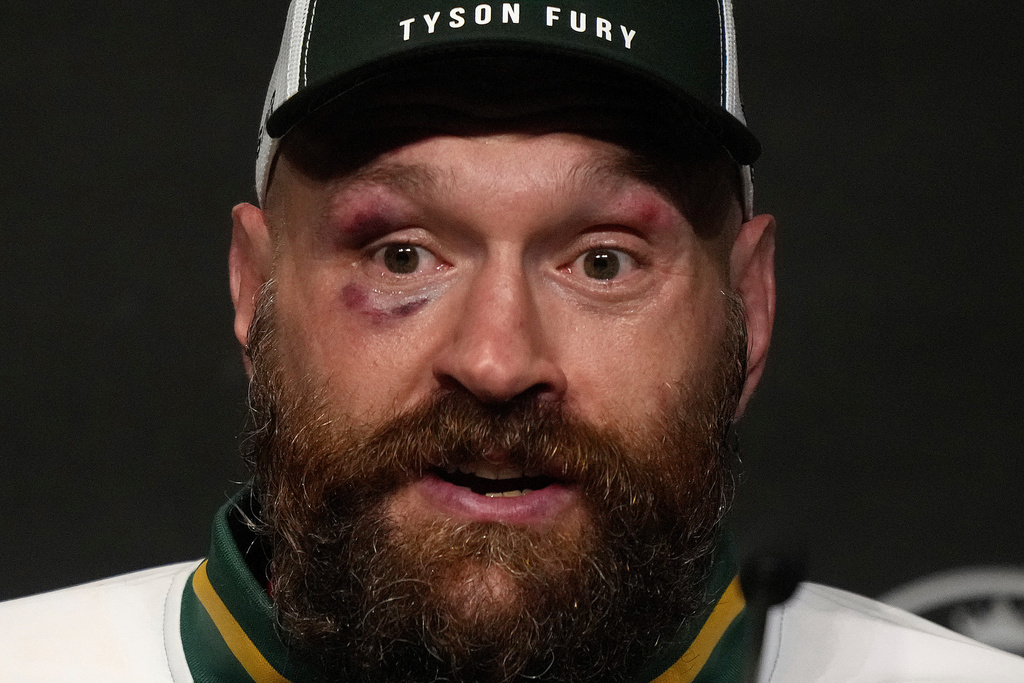It's one, two, three strikes, you're out. Or was that a ball?
"I'm used to when the umpires call it a ball or strike," said Salt Lake Bees infielder Daniel Murphy. "It's either this or that — there's no in between."
Up until now. Hawkeye technology being tested at Triple-A ballparks, the highest level of minor league baseball, aims to call balls and strikes with precision.
"I know it just seems like a nine-inning game for a fan," said Salt Lake City Bees pitching coach Derrin Ebert. "But when you actually kind of dive into the game within the game, each pitch is important."
The technology basically takes what home viewers see as a graphic on television and turns it into a real time experience for players, coaches, umpires and fans in the stands. It's all about the strike zone.
"It's the most important piece of real estate in our game," infielder Murphy said.
Murphy would know. The three-time MLB All-Star came out of retirement earlier this year and signed a minor league deal with the Angels in June.
"I'm not opposed to change," Murphy said. "We're an entertainment industry. And if the public isn't enjoying our product, we need to make it more entertaining."
It is a change for Triple-A players this season. For one, the Automated Ball/Strike System (ABS) has reduced the size of the strike zone.
"It's a lot tighter, side to side. And it's a lot tighter north and south, especially the top of the zone," Salt Lake City Bees catcher Zach Humphreys said. "Normally the top of the zone was viewed as like maybe the belly button. But anything above the belt is not even close to being a strike now. So it's very eye-opening."
"When you're talking about an absolute strike zone, those millimeters and centimeters, they make a huge difference, especially for me as a pitcher," said Kenny Rosenberg with the Bees.
Triple-A teams are also testing two ways of using the technology, which relies on multiple cameras situated around the ballpark. Tuesdays through Thursdays, the ABS calls every pitch. On weekends, umpires call the pitches, but each team gets three challenges per game.

Yankees pitcher suspended for violating MLB's domestic violence policy
The Yankees said in a statement that they supported the MLB's decision.
"The challenge is really fun, too," Humphreys said. "And they put it up on the scoreboard and it shows the ball coming down and the replay and it builds a lot of tension, seeing the ball get closer to the strike zone."
Here's how the challenge works: If a catcher, pitcher or batter thinks an umpire's call was wrong, they tap their head. It has to happen within two seconds of the call and the player can't look back to the dugout for guidance.
"It gives the players a little bit of ownership too," said Ebert. "There's some strategy to it, whether you use it early in a game, what type of count, the situation with guys on base, so that that plays a lot into it."
Within 20 seconds of a challenge, an ABS tech in the video board room launches an animation that shows whether the ball passed through the strike zone. An automated system relays the call to the umpire through their earpiece.
"[The umpires] are good about challenges," Humphreys said. "They don't get their feelings hurt or anything because they want to get it right just as much as we want them to be right."
"The art of umpiring, which is not talked about a whole lot, because it's made to be about the players and things like that, but these guys have a craft as well," Rosenberg said. "They work hard at it."
Is this technology ready to take the field in big league play? Every player Scripps News talked to in Salt Lake City agreed the challenge system is the future if MLB adopts this permanently.
"The guys in there generally like the challenge system better just because there is that human element framing still matters," Rosenberg said. "The umpires are still calling the game, but they're held accountable at the same time. So it's kind of the best of both worlds, creates a little bit of fan excitement."
Fan reactions are a mixed bag.
"I love the idea of the accuracy because I think that's important," baseball fan Merritt Lowder said. "I hate when an umpire can change the outcome of a game. But it also takes away a little bit of that excitement, right?"
"I just feel like it kind of takes away from the game a little bit and what it's meant to be," another fan told us.
Players and coaches we talked to said you can still be a baseball purist and embrace the change.
"It's still the same baseball we know and love, just speed it up a little bit, making it more entertaining for a younger generation," Humphreys said.
"The game has always changed, you know, and there's always room for improvement," Coach Ebert told Scripps News. "But you have to do it with respect to the past and how the game was played."
Players and coaches agreed there are some kinks that may need to be worked out, but they say that's why it's being tested with Triple-A teams first.











